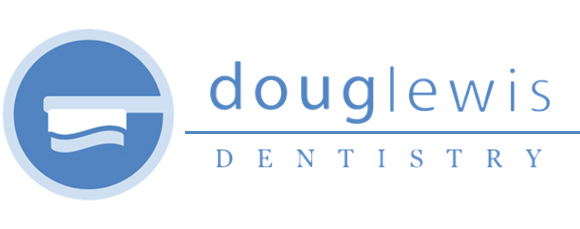Most people have bitten their lip or the inside of their cheek, scratched their gums, or otherwise accidentally damaged the inside of their mouth. We all know what happens next – the site of the trauma turns into a small, painful ulcer that most of us know as a canker sore.
For most people, these sores are minor annoyances that result from small, infrequent cuts brought on by overzealously chewing food or eating foods with sharp or jagged edges. They clear up relatively quickly, and sometimes all on their own.
However, the average person need not suffer with a canker sore when they know the causes and treatments. In addition, those who suffer from more frequent, persistent, or severe canker sores related to other conditions can find help in coping with these irritating sores, as well. Here are a few things you might want to know about canker sores.
Causes
There are several possible causes for canker sores. Some of the most common among the general population are accidental bites to the lip or cheek, brushing teeth too hard, or even accidents related to sports, just for example.
The food you eat could also be to blame if you like spicy or acidic foods, and in some cases it is related to allergies, hormones, bacteria, or stress. Canker sores could also be linked to other diseases, including several digestive and autoimmune disorders. They are not caused by the herpes virus, although people sometimes mistake symptoms of the two conditions.
Symptoms
Canker sores occur on the inside surfaces of the mouth, including the inner lips, gums, cheeks, tongue, and soft palate. They are characterized visually by a circular or oval appearance with a white or yellow center and redness around the edge.
Canker sores can range from merely annoying to actually painful depending on several factors, including how big they are, how long they linger, and the types of food you eat. When you have a canker sore, spicy, acidic, and salty foods are sure to exacerbate discomfort. Tingling, stinging, and burning sensations are common, and may begin even before the sore is visible.
There are three main types of canker sores: minor, major, and herpetiform. The first is the most common, and minor canker sores are usually small, shallow ulcers that heal within a few days.
Major canker sores are larger, deeper, and may exhibit uneven edges rather than a round or oval shape. They can be particularly painful and may take longer to heal. It’s not uncommon to find yourself with a major canker sores if you accidentally bite the same place in your mouth over and over again. These could last several weeks and may leave scars, unlike other types of canker sores.
Herpetiform canker sores (no relation to herpes) are not common until older adulthood. This form of sores is characterized by several small, pinpoint-sized sores that cluster and may form a larger sore. They don’t tend to be very painful and they disappear within 1-2 weeks.
Treatment
Generally speaking, you won’t need to see a doctor to treat canker sores. There are a variety of natural and OTC medications that can ease pain, kill bacteria, and help sores to heal faster.
You may, however, want to consult with a doctor or dentist if you suffer painful, persistent, and/or frequently recurring sores. It is especially important to see a doctor if canker sores are accompanied by a fever, which could signal a more serious condition.
Dentists can treat canker sores in-office by using laser therapy. While topical, OTC treatments may take several days to work, laser therapy should offer relief from symptoms immediately, as well as more rapid healing.
Prevention
Canker sores cannot always be prevented, especially if they are related to other diseases. However, most people can prevent canker sores by chewing carefully, brushing with a soft-bristled toothbrush, and avoiding spicy or acidic foods.
One of the most common causes of canker sores is sharp or jagged teeth that regularly bite the same surfaces of the mouth. In this case, you should talk to your dentist about the possibility of reshaping teeth to smooth sharp or jagged edges to avoid further damage. This can usually be done within just a few minutes in-office and without the use of any numbing measures.
